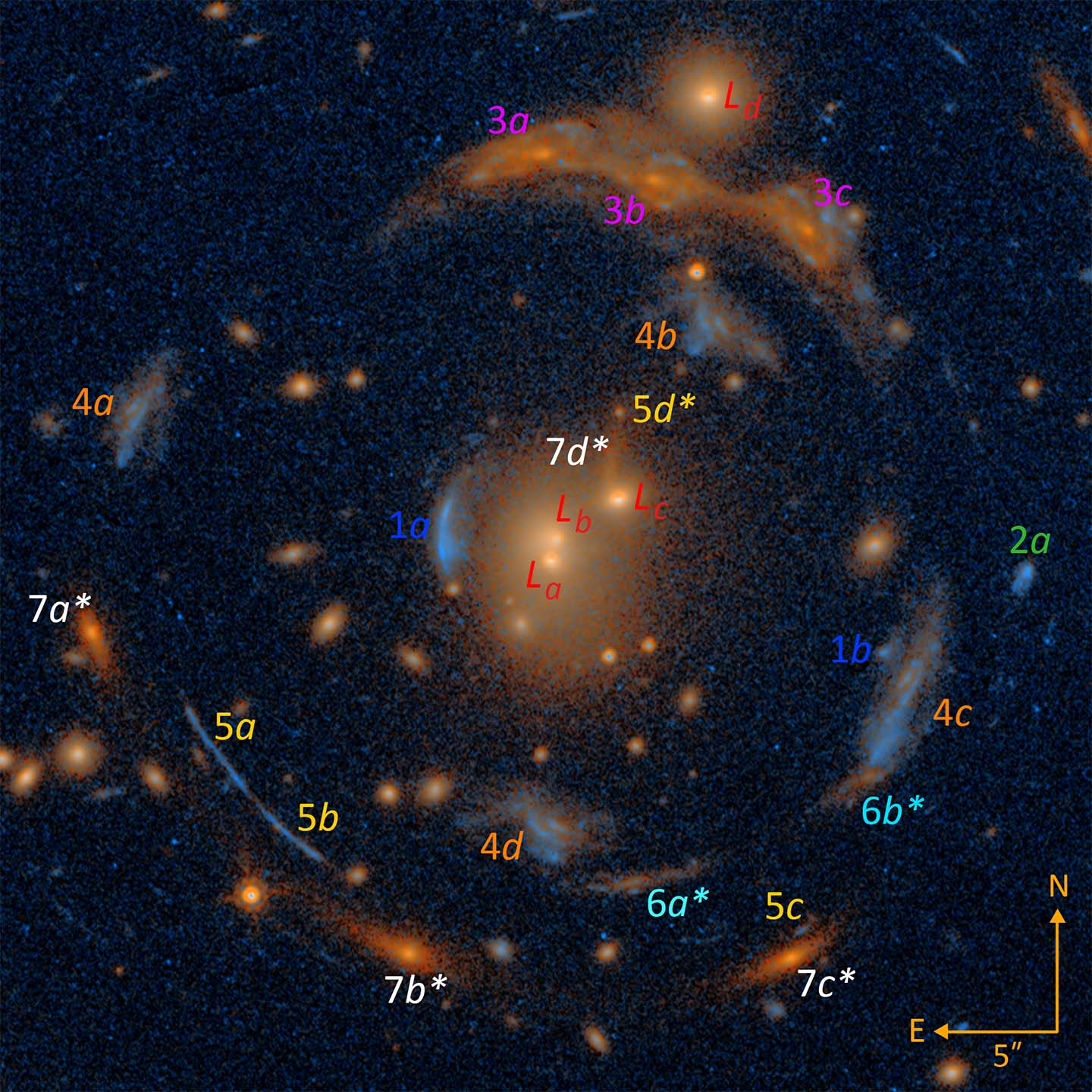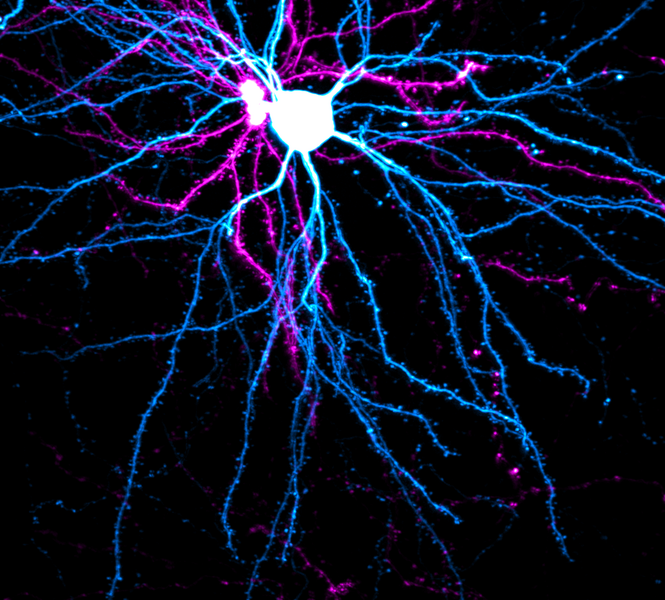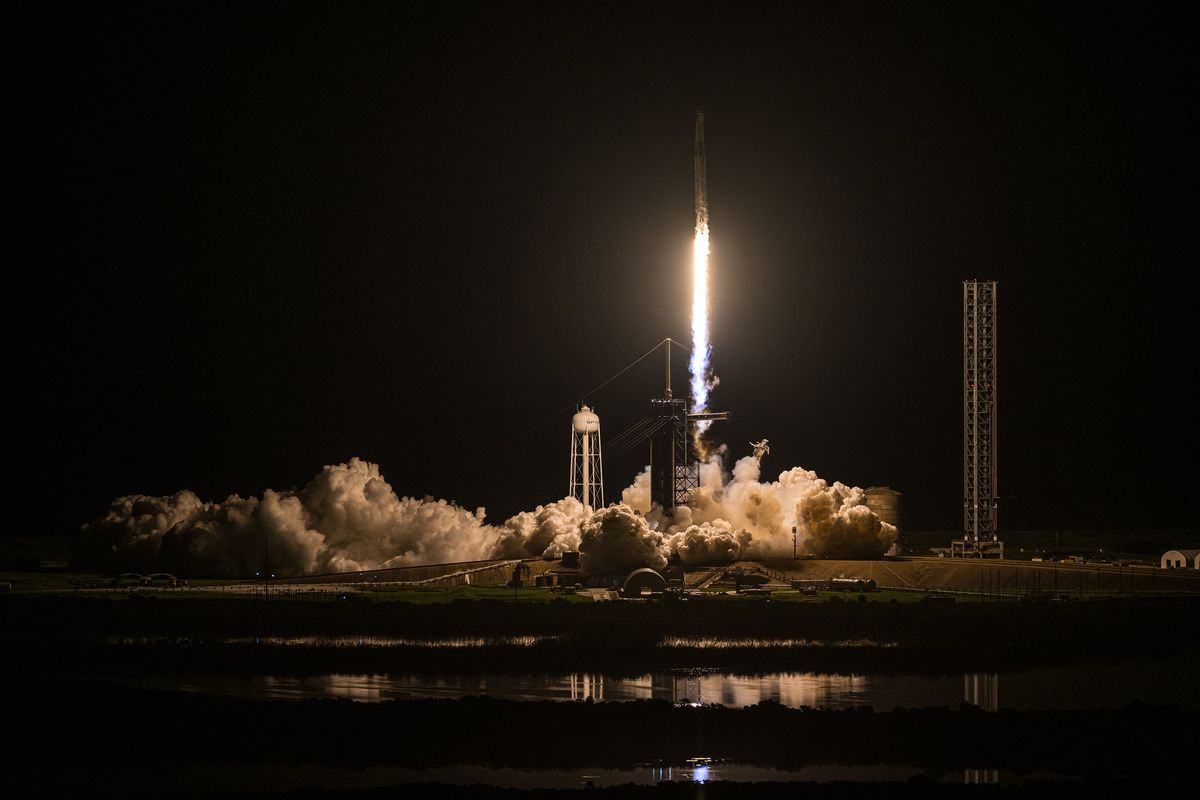
A newly discovered cluster-scale strong gravitational lens, with a rare alignment of seven background lensed galaxies, provides a unique opportuni...
Read More

A newly discovered cluster-scale strong gravitational lens, with a rare alignment of seven background lensed galaxies, provides a unique opportuni...
Read More
One of the brain’s most celebrated qualities is its adaptability. Changes to neural circuits, whose connections are continually adjusted as we experience and interact with the world, are key to how we learn. But to keep knowledge and memories intact, some parts of the circuitry must be resistant to this constant change.
“Brains have figured out how to navigate this landscape of balancing between stability and flexibility, so that you can have new learning and you can have lifelon...
Read More
Ever been asked a question you only knew part of the answer to? To give a more informed response, your best move would be to phone a friend with more knowledge on the subject.
This collaborative process can also help large language models (LLMs) improve their accuracy. Still, it’s been difficult to teach LLMs to recognize when they should collaborate with another model on an answer...
Read More
The launch of Polaris Dawn from Kennedy Space Center includes the first civilian commercial spacewalk and other factors that will be firsts for space medicine research. And that’s why Emmanuel Urquieta, an internationally recognized space medicine expert who recently joined UCF’s College of Medicine, is especially excited about this latest mission.
The spacecraft is flying up to 870 miles above Earth—the highest orbit flown in the last half century...
Read More
Recent Comments